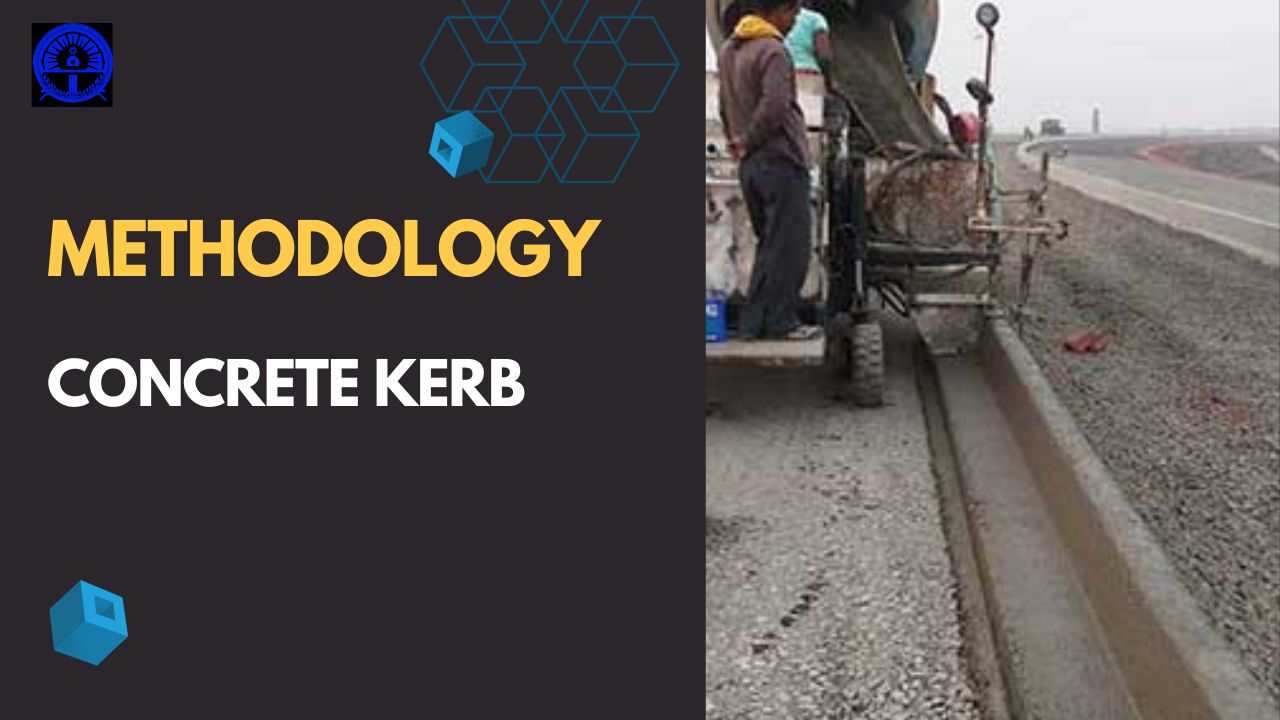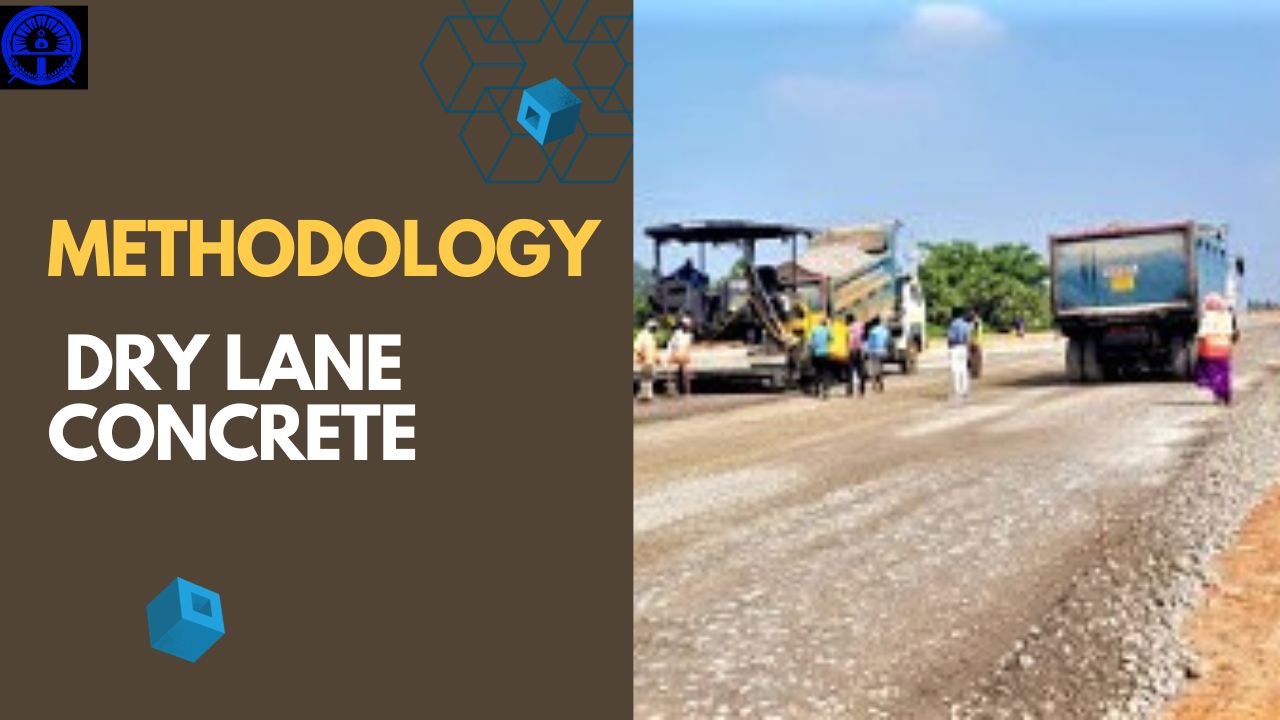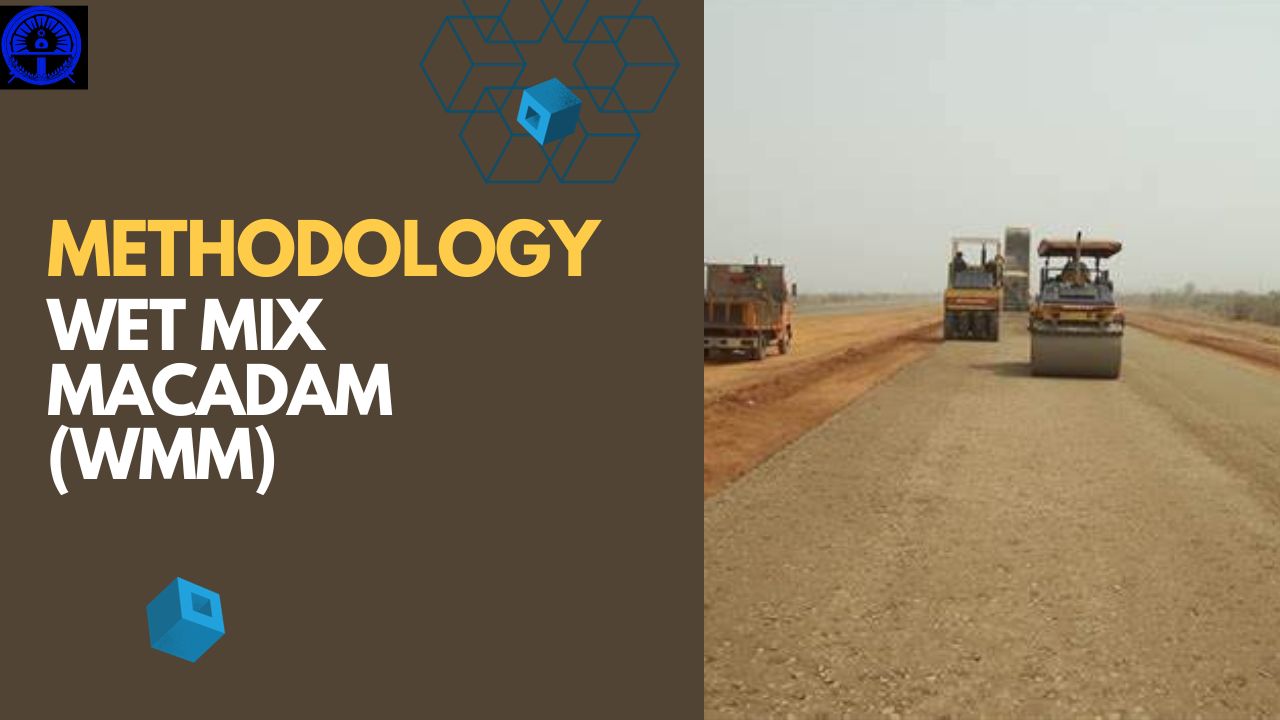METHOD OF CONSTRUCTION FOR FORMWORK,REINFORCEMENT & CONCRETE
methods for construction form work, reinforcement, and concrete, including the furnishing and fixing of formwork and placement of high yield strength deformed bars and concrete as per the approved standards. It also details the requisite building materials and their quality check norms, the explicit construction procedure from formwork to curing, and the quality control tests required at different stages of the process.










